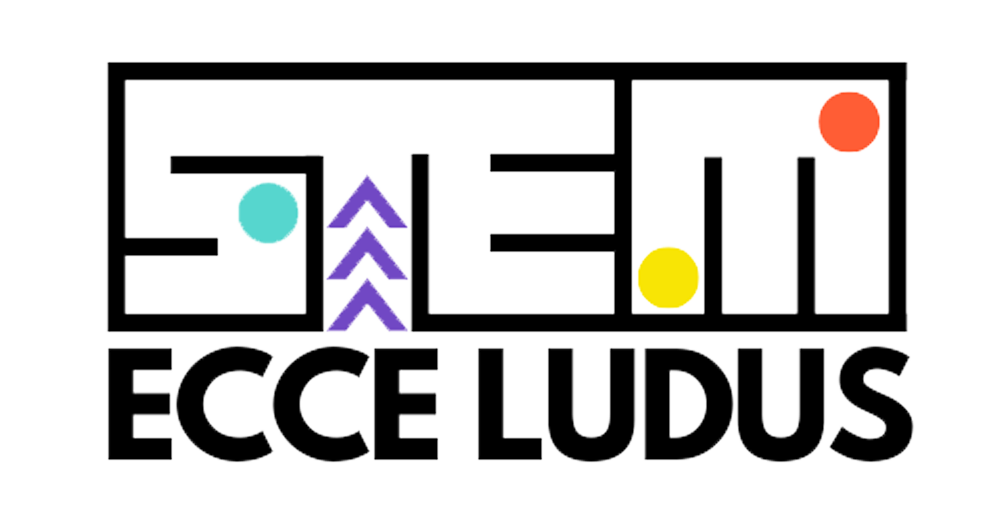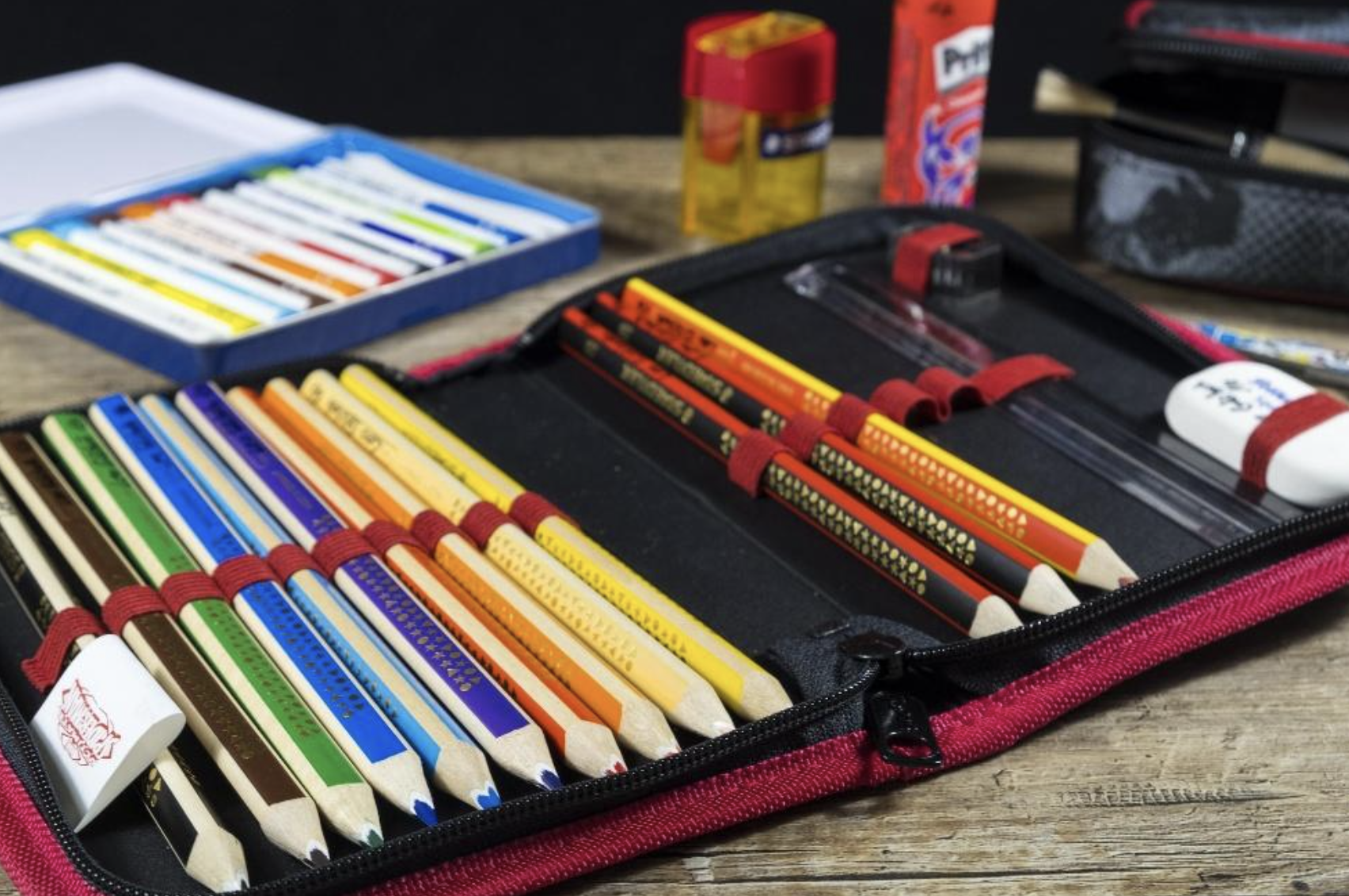Module 6 offers a rich, practice-based perspective on how STEAM (Science, Technology, Engineering, Arts, and Mathematics) can be brought to life in schools through real projects, practical tools, and innovative teaching strategies. By sharing the experiences of institutions like Vefa High School and Istituto Santorre di Santarosa, the module shows educators the direct benefits of hands-on, collaborative, and real-world STEAM learning.
One of the most valuable benefits of this module is the inspiration it provides through concrete examples. Educators are not just told why STEAM is important—they see how it has been implemented successfully in different school contexts, from robotics workshops and coding clubs to interdisciplinary projects and sustainability-focused initiatives. This makes the learning highly transferable: teachers can adapt these models to their own classrooms, confident that they are rooted in proven practice.
At Vefa High School, students participate in activities that combine technical skills with creativity and problem-solving. Robotics workshops teach engineering and coding while fostering teamwork and resilience. Science experiments bring physics, chemistry, and biology to life, giving students the satisfaction of discovering principles through direct observation. Coding clubs introduce languages like Python, Scratch, and JavaScript, encouraging innovation and preparing students for technology-driven careers. Such activities demonstrate how structured, hands-on learning boosts both critical thinking and engagement.
The benefits go beyond academic achievement. Field trips to science museums, research labs, and technology companies help students make real-world connections to what they learn in class. Guest speakers from industry provide career insights, showing young people tangible pathways into STEAM fields. Collaborative clubs, interactive technology, and online platforms also enhance teamwork, digital skills, and communication—key competencies for the 21st century.
The experience from Istituto Santorre di Santarosa further expands the scope by showing how STEAM can be a tool for sustainability and entrepreneurship. Here, students tackled projects based on the circular economy, reusing waste materials to create valuable products. By working with local companies, they gained exposure to real business challenges and learned to manage time, research, and teamwork effectively. These projects—such as producing pectin from citrus peel, creating cosmetics from apple paste, or extracting keratin from wool—demonstrated how STEM methodologies can lead to innovative, environmentally responsible solutions.
The benefits of engaging with these real-world projects are immense. Students learn to approach problems systematically, apply scientific methods, and think creatively about possible solutions. They also gain confidence in presenting their work, collaborating across disciplines, and interacting with external partners—skills that will serve them well in higher education and future employment.
For educators, Module 6 offers practical inspiration: proven activity ideas, adaptable project models, and clear examples of how to integrate STEAM into both curricular and extracurricular contexts. By the end, teachers will not only understand the theory behind STEAM but will also have a repertoire of real-life strategies that make learning meaningful, inclusive, and inspiring.





